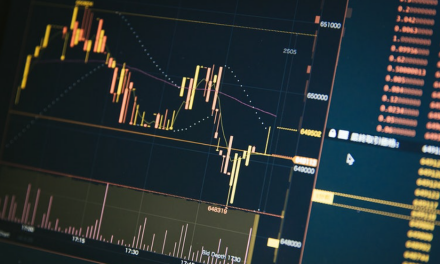Leveraging Artificial Intelligence to Forecast AI Stock Market Returns
The challenge of accurately predicting AI Stock prices in the dynamic and complex arena of financial markets is considerable. Enhancing the predictive power using information from market anomalies—various factors that influence a stock’s return—has traditionally been a method with limitations, particularly for global stock investments.
Machine Learning (ML), a subset of Artificial Intelligence (AI), presents a potent alternative by amalgamating diverse factors to refine predictions of stock returns. This is underscored in the research “Stock market anomalies and machine learning across the globe,” conducted by scholars from Kaiserslautern and Munich and published in the Journal of Asset Management.
Predicting stock returns demands a comprehensive array of data points, akin to weather forecasting, which relies on detailed meteorological information like temperatures, humidity, air currents, and cloud coverage. In the financial domain, a vast trove of data and sophisticated techniques to synthesize this information are crucial for evaluating the profitability of investments.
This data encompasses various capital market anomalies. Over 400 such anomalies, as identified by leading financial journals in recent years, have shown predictive capabilities for stock returns. Professor Dr. Vitor Azevedo from the University Kaiserslautern-Landau, a study co-author, highlights this aspect.
An example is the “Price-Earnings Ratio” (PER), which underpins Value Strategies by targeting stocks with low PERs as potentially undervalued investments. Another is the “Short-Term Reversal” phenomenon, where stocks underperforming in the past month often outperform those with higher returns in the ensuing month.
Identifying relevant anomalies, understanding their interactions, and gauging their combined impact pose questions that the study sought to address through AI. “Traditional methods like regression analyses are inadequate for this complexity,” Azevedo points out, advocating for ML’s capacity to discern intricate patterns within extensive datasets, a process known as nonlinear combination among experts.
The study scrutinized various ML models, analyzing nearly 1.9 billion observations of stock-month-anomaly from 1980 to 2019 across 68 countries. “Our findings demonstrate that AI models substantially surpass traditional predictive methods, with ML models forecasting stock returns with notable precision, yielding an average monthly return up to 2.71%, significantly higher than the roughly 1% from conventional methods,” Professor Azevedo elaborates.
These insights underscore AI’s transformative potential for financial markets, suggesting that financial managers could leverage such technology to devise innovative stock price prediction models. The researchers emphasize meticulous data preparation to accurately handle outliers and missing values, especially critical for international datasets. They also call for consideration of ethical and regulatory issues in applying AI strategies to financial forecasting.





